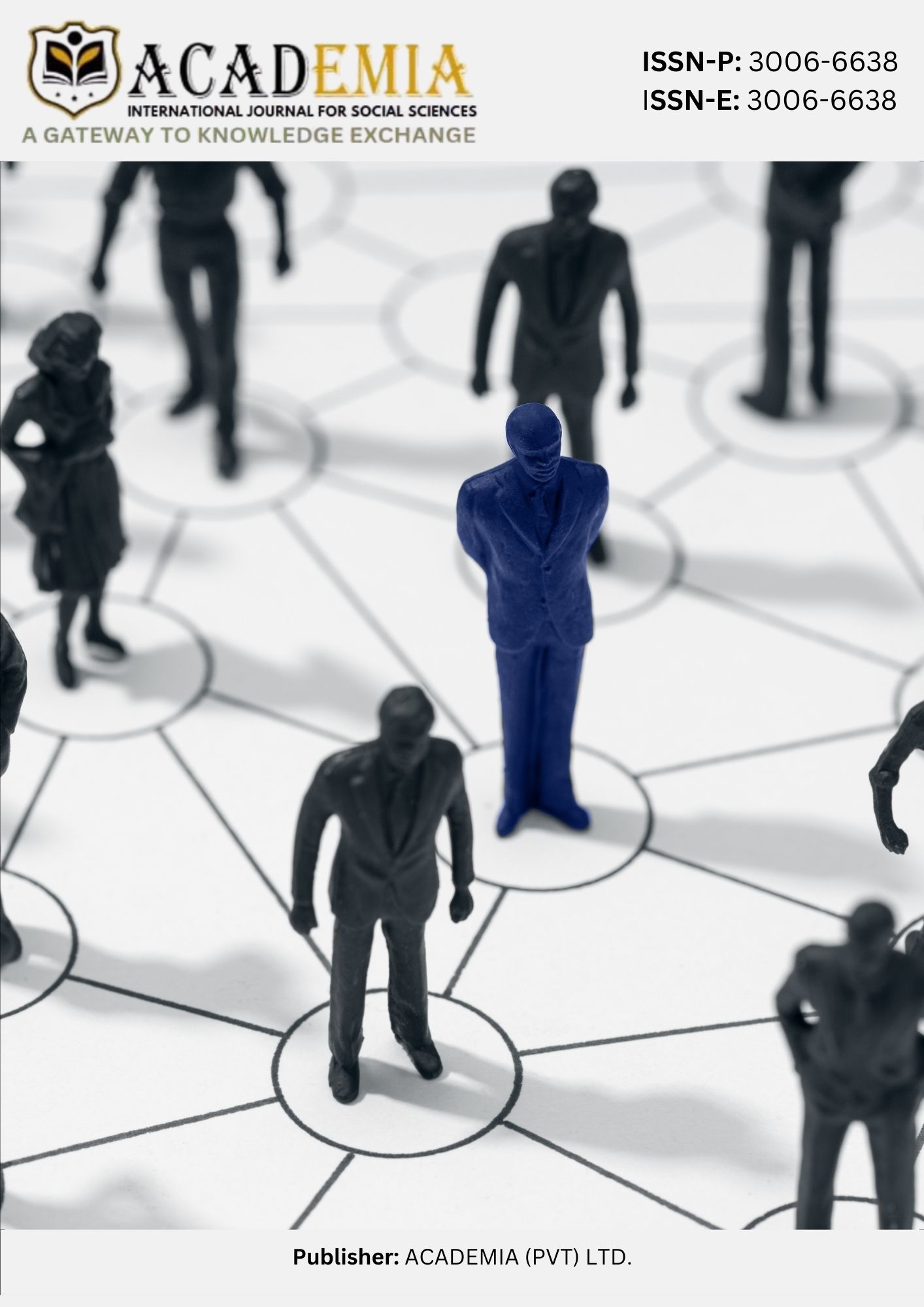Developing and Testing Early Warning Systems for Detecting Potential Outbreaks Based on Surveillance Data
DOI:
https://doi.org/10.63056/ACAD.004.01.0892Keywords:
Early Warning Systems (EWS) , Artificial Intelligence (AI) , Big Data , Blockchain Technology , Disease Outbreak Detection , Global Health Initiatives , WHO Early Warning , Alert and Response System (EWARS) , Machine Learning , Data security , predictive analytics , Health Surveillance.Abstract
Introduction: Early Warning Systems (EWS) are highly vital in the human health since they detect and intervene in the emergence of diseases. As the world health challenges change, now it is relevant to think of utilizing advanced technologies to improve the precision and performance of these systems and to take into account the implementation of Artificial Intelligence (AI), Big Data, and blockchain. This paper will be looking at the international initiatives that have boosted advancement in EWS, including integration of the most recent technologies and systems, including the WHO Early Warning, Alert and Response System (EWARS).
Materials and Methods: The current research paper is a literature review on available literature, reports, and case studies, which are concerned with EWS efficacy as a means of detecting disease outbreak. Data have been gained with the help of the peer-reviewed journals, WHO publications, and the latest technological progress in AI, machine learning, and blockchain. In tandem with this, the qualitative investigation of the world health systems and technological amalgamations were carried out, and the achievements and challenges arising in various regions were likewise identified. The performance measures in EWS that include sensitivity, specificity and timeliness have also been compared in the paper.
Findings: The findings indicate that the EWARS by WHO has been instrumental in enhancing surveillance and coordination of illnesses response across the globe. AI and Big Data analytics have improved the predictive nature of EWS to a large extent since more accurate predictions of disease outbreaks can be made. Blockchain technology has enhanced data security and transparency and as a result, this has resulted in trust accumulation between the stakeholders. However, the data quality and integration as well as the privacy and lack of resources continue to be a problem, especially in low-resource settings. To overcome these obstacles, upcoming technology is immense such as AI-based real-time analysis and distribution of information through blockchain.
Future Direction: To address the current limitations of EWS, in the future, the use of more efficient machine learning models and further development of blockchain applications in the health data management should become a significant part of the matter. As the development of the global-based health activities is also in progress, the global organizations, governments, and technology offered will be of vital importance in the future of scalable and flexible Early Warning Systems, at least in terms of collaboration. The resolution of these problems and the introduction of the technological inclusion will contribute to making EWS more flexible and providing it with more efficient tools to manage health risks at the global scale.
Keywords: Early Warning Systems (EWS), Artificial Intelligence (AI), Big Data, Blockchain Technology, Disease Outbreak Detection, Global Health Initiatives, WHO Early Warning, Alert and Response System (EWARS), Machine Learning, Data security, predictive analytics, Health Surveillance.
Downloads
Published
Issue
Section
License
Copyright (c) 2025 Dr. Alizay Shahzad, M.Mughees ur Rehman, Dr. Rishmial Tauseef Cheema, Dr. Ayesha ishtiaq Tarrar (Author)

This work is licensed under a Creative Commons Attribution 4.0 International License.












